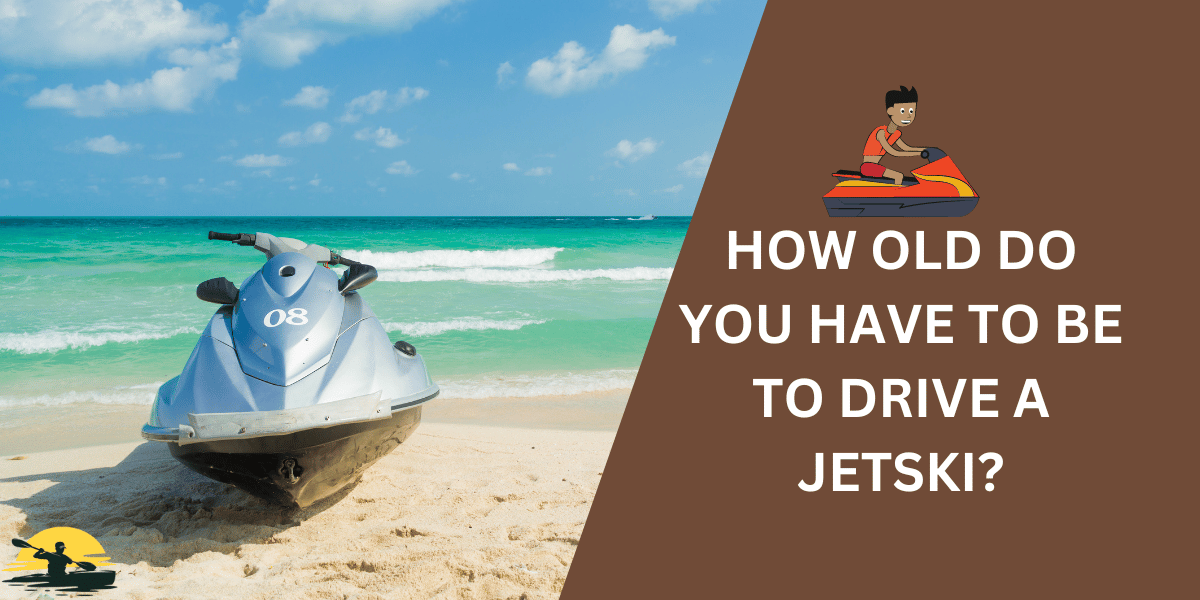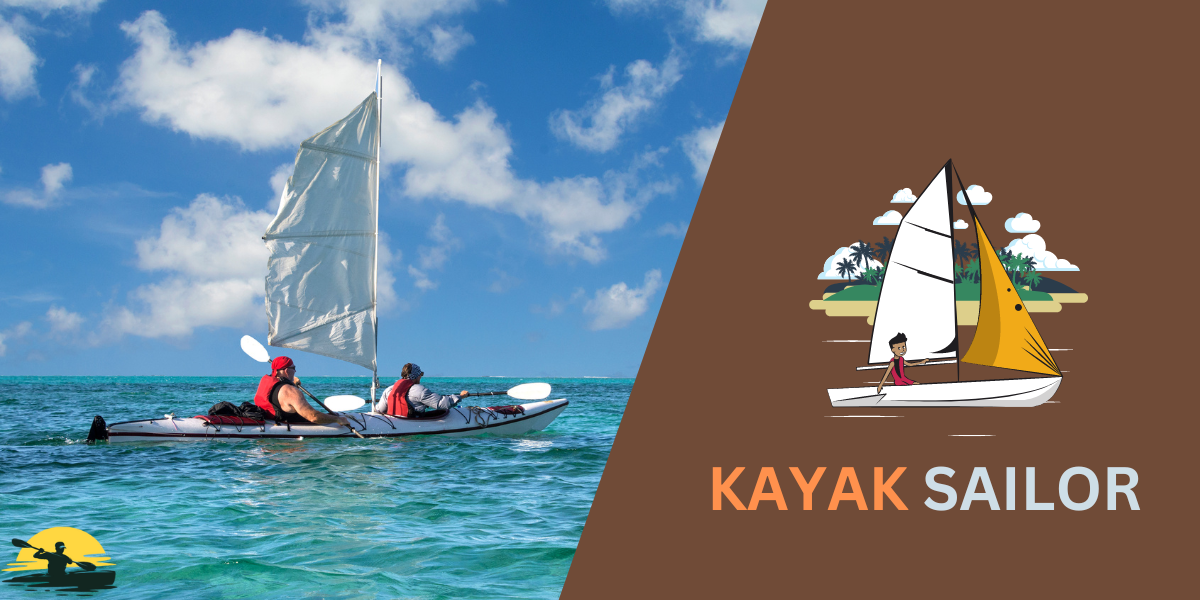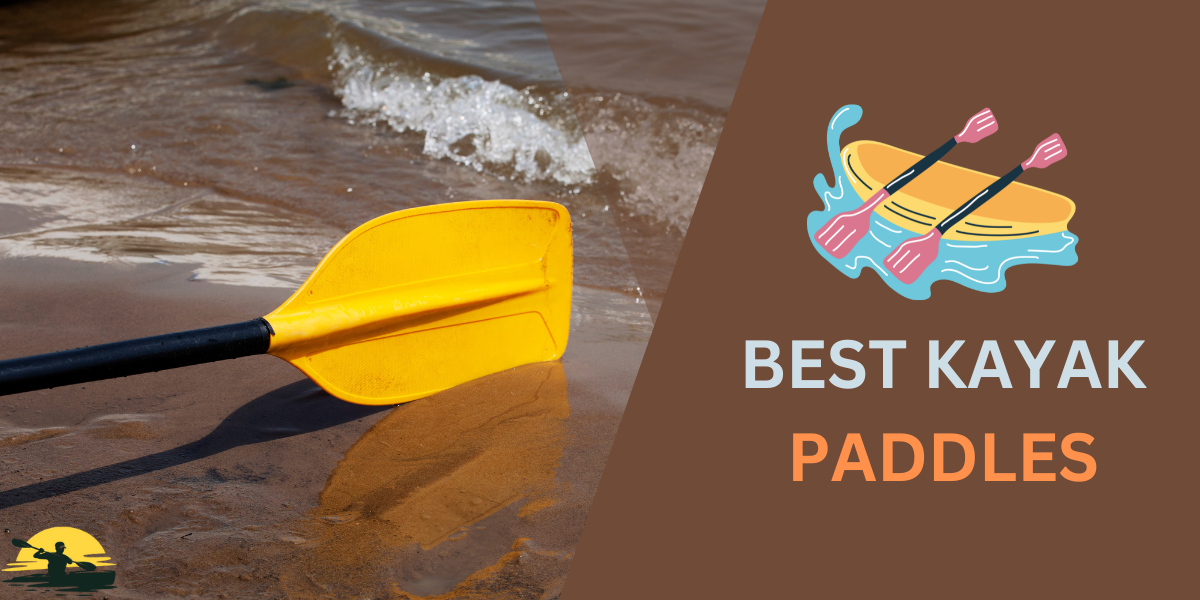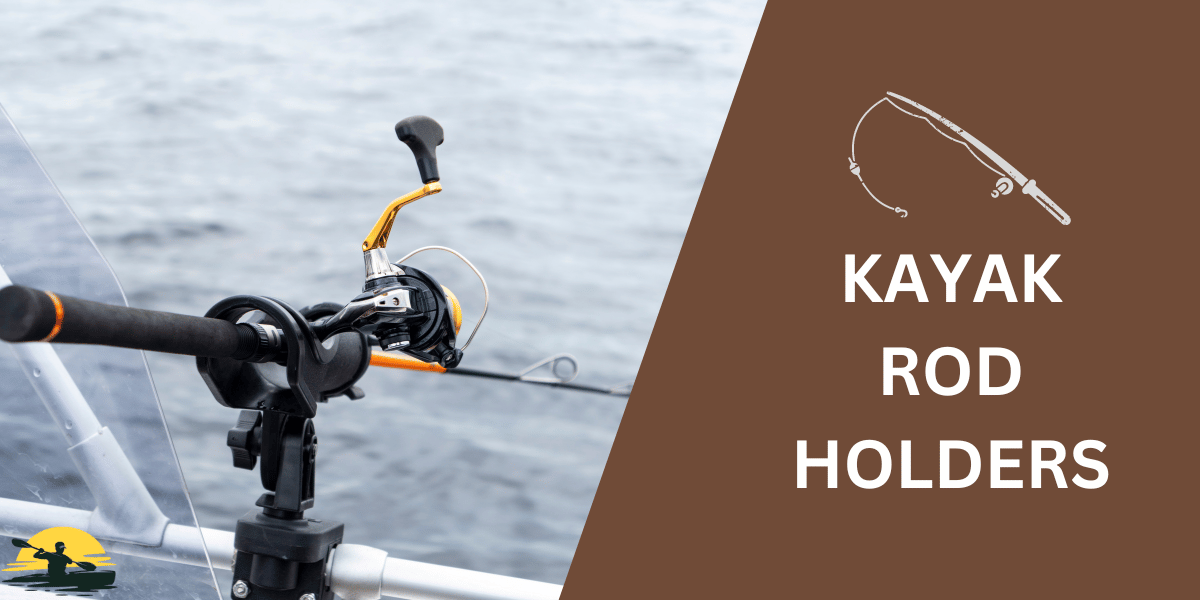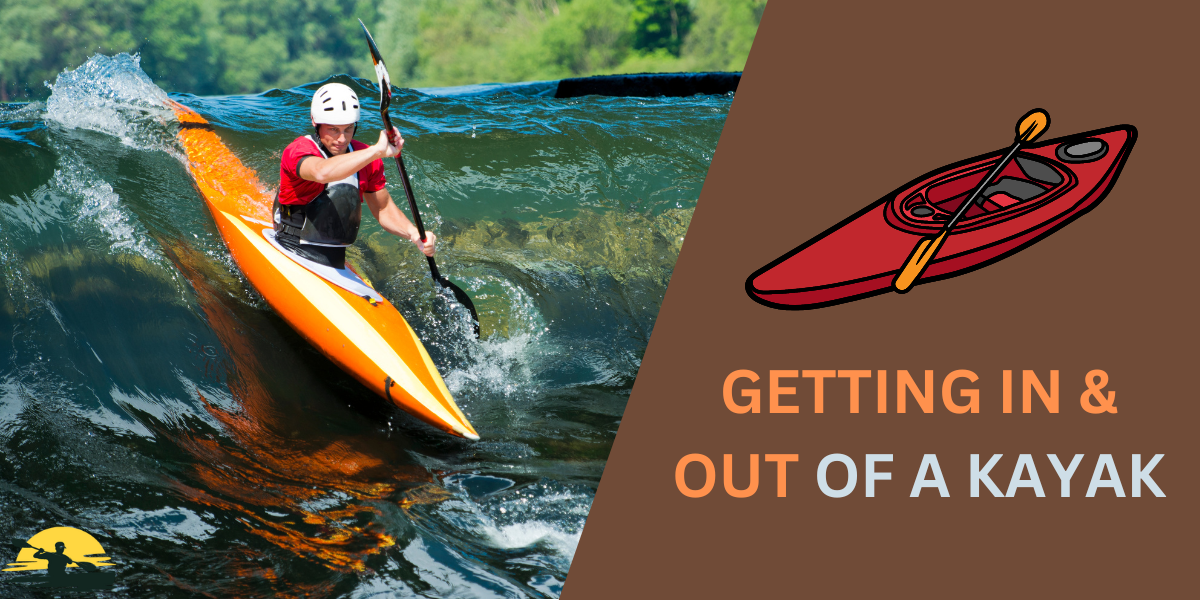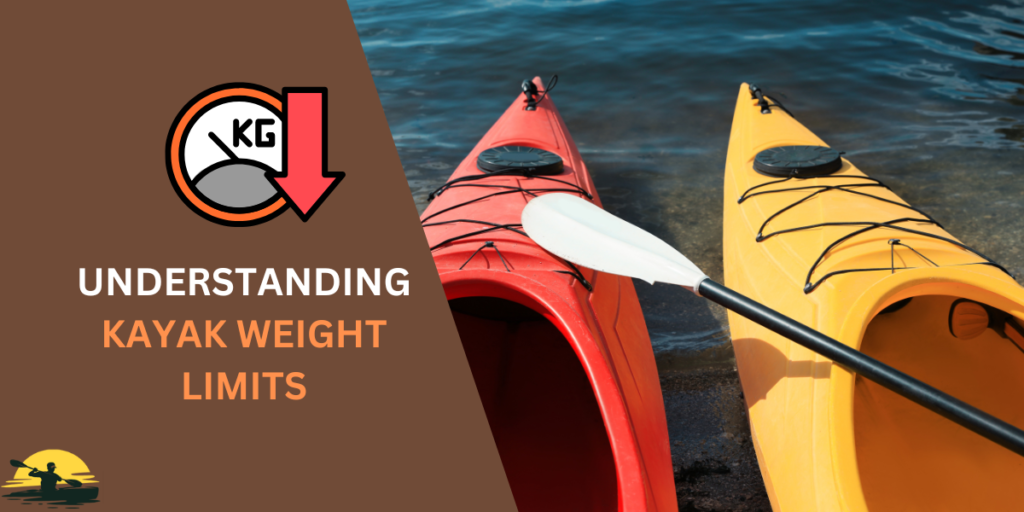
Imagine buying the perfect kayak, which feels slow and unsafe in the water.
Yikes! It turns out that kayaks, like any boat, have a maximum weight capacity.
This is called the kayak weight limit.
Exceeding this limit isn’t just about comfort.
It can be dangerous, making it harder to paddle and increasing your risk of tipping over.
Luckily, there’s an easy fix!
Understanding how much weight your kayak can handle, including yourself and any gear, is critical to a safe and enjoyable day on the water.
This means knowing terms like “sit-on-top kayak” and “typical recreational kayak” since they often have different max weight capacities.
- Recreational Kayaks: Smaller, designed for calm waters.
- Weight limit: 250-350 lbs.
- Sea/Touring Kayaks: Longer, built for open water and longer trips.
- Weight limit: 350-450 lbs.
- Fishing Kayaks: Designed for stability and gear storage.
- Weight limit: 400-550 lbs
- Sit-on-Top Kayaks: Open design, easy to get in/out of.
- Weight limit: 350-450 lbs.
- Tandem Kayaks: Designed for two paddlers.
- Weight limit: 500-650 lbs.
1. What Exactly is Kayak Weight Limit?
Think of your kayak like a bowl floating in a pool.
It can only hold so much before it starts to sink, right?
Kayak weight limit, or max weight capacity, is the most weight your kayak can handle before it gets too low in the water.
Why does this matter?
Picture trying to carry a backpack stuffed with too many books.
It’s clumsy and way harder than it should be!
Same with an overloaded kayak.
This is especially important for beginner or intermediate paddlers.

How Do Kayaks Get Their Weight Limit?
Here’s where it gets a little science.
It’s all about something called “displacement.”
That means how much water your kayak pushes out of the way.
The more a kayak weighs (plus you and your stuff!), the more water it needs to move.
Every kayak design has a limit before it becomes unsafe or difficult to control.
Not All Weight Limits Are Created Equal
- Some kayaks have deck multiple footrest positions on the deck for different-sized paddlers, which can affect how the weight is distributed.
- Kayaks with front and rear bungees often have a greater maximum weight capacity because they can store gear more evenly.
- Sea kayaks are more extended and built for open water, so they usually have a higher weight limit than recreational kayaks.
Example: The Lifetime Tahoma Pro kayak has deep hull channels designed to keep it stable and has a 275 lb weight limit.
It also has an adjustable seat for comfort and multiple footrests to fit paddlers of different heights.
While these specifications aren’t the only thing to consider, they give clues about the kayak’s intended use.
2. Why Kayak Weight Limits Matter

Weight limits aren’t just suggestions; they impact your whole kayaking experience.
Here’s a breakdown of why they’re essential:
- Safety: An overloaded kayak has less comfort stable flat and increases your risk of capsizing. This is especially true in rough water or if you encounter unexpected conditions.
- Performance: Excess weight compromises your kayak’s performance in several ways:
- Speed: Paddling becomes much more complicated, making you slower and tiring you out faster.
- Maneuverability: Overloaded kayaks are sluggish to turn, making it difficult to avoid obstacles or explore tight areas.
- Tracking: Kayaks designed to go straight (great “tracking performance”) won’t hold their line as well when overloaded.
- Durability: While kayaks are sturdy, exceeding the weight limit puts excess strain on the hull. Over time, this could cause warping or even cracks, shortening the lifespan of your kayak.
Key takeaway: Choosing a kayak with a weight limit that comfortably fits your needs and gear ensures a safe, enjoyable, and longer-lasting paddling experience.
3. How to Find Your Kayak’s Weight Limit
Good news: Knowing how much weight your kayak can handle is easy!
Here’s where to look:
- Check the Specs: Most kayaks have a sticker or label with the weight limit. Look at the kayak itself, especially near where you sit.
- Manufacturer’s Website: If you know the brand and model of your kayak, the manufacturer’s website will almost always list the “kayak specifications,” including weight limits.
- Owner’s Manual: Your kayak will have this information if you still have the manual with your kayak.
- Online Reviews: A quick search with your kayak’s name will often bring up reviews that mention the weight limit.
What if I Can’t Find It?

Older kayaks or some cheaper models might not have a published weight limit.
If that’s the case, look it up online or ask a kayak shop for help.
They can give you an estimate based on the kayak’s shape and size.
Important Note: Even if you find a number, leaving some extra room is best. A slightly bigger kayak than one you’re pushing to the max is safer!
4. How to Calculate Your Total Kayaking Weight

Knowing your kayak’s weight limit is essential, but the other half of the puzzle is figuring out how much you and your gear weigh – your total kayaking weight!
This is especially important for a beginner or intermediate paddler choosing their first kayak.
Here’s how to break it down:
- Your Weight: Be honest when getting on the scale! Dress as you would to paddle to get the most accurate number.
- Gear Time: Grab a checklist or start piling up all the stuff you typically take out on the water. Include essentials like:
- Life jacket/PFD
- Paddle
- Water bottle & snacks
- Fishing gear (if that’s your thing)
- Dry bag for phone/keys
- Camera (if you love snapping photos)
- Anything else you regularly bring!
- Weigh it!
- Smaller items: Use a kitchen or bathroom scale for individual items.
- Yourself + gear: For the total, stand on a scale holding your stuff!
- Add it Together: Take your weight + the total weight of your gear = your total kayaking weight.
Example: Suppose you weigh 160 pounds, and your gear weighs about 20 pounds. Your total kayaking weight would be 180 pounds.
What about Extras?
- Pets: Include your furry paddling buddy’s weight!
- The Big Catch: If you fish, factor in the potential weight of a full cooler or a trophy fish.
Tip: When choosing a kayak, especially if you’re new to the sport, look for features that help with comfort and stability.
Multiple footrest positions allow you to find the perfect fit, while a sea kayak or one with a wide, flat design offers excellent tracking performance for smooth paddling.
5. What If You’re Close to Weight Limit?

Uh oh – you’ve added everything up and realize you’re pushing the limit of your kayak’s capacity.
Don’t panic; here are your options:
- Lose the Extras: Could you swap some gear for lighter versions? A smaller water bottle, lighter snacks, or a dry bag instead of a bulky cooler could make a big difference!
- Spread it Out: Balance your gear evenly inside your kayak, front to back. This helps with stability and keeps your kayak level in the water.
- Consider a Different Kayak: If you often find yourself near the weight limit, it might be time to look at other options. Here’s how to find the right size:
- Do Your Research: Different types of kayaks have different weight limits. Sea kayaks and those built for fishing usually handle more weight than smaller recreational ones.
- Get Advice: Visit a kayak shop or browse online forums – they can suggest kayak types based on your needs.
- Safety is Key: It’s always better to err on caution if in doubt. Slightly exceeding the limit on a smaller kayak compromises your safety and the fun of your paddling experience.
Pro Tip: Look for kayaks with features for paddlers of different sizes.
Multiple footrest positions let you adjust for a perfect fit, while more comprehensive designs offer a comfortable, flat, and stable platform.
The Biggest Takeaway: Choosing a kayak that suits your weight and your usual gear will make your adventures more enjoyable!
You’ll be focused on exploring instead of worrying if your kayak can handle the load.
Conclusion

Weight limits might seem tedious, but they’re essential for a safe and fantastic time on the water.
Knowing your kayak’s weight limit and choosing one that fits your needs helps you:
- Stay Safe: A too heavily loaded kayak is less stable, meaning there is a risk of tipping over – not fun!
- Have More Fun: When your kayak handles well, maneuvers easily, and isn’t weighed down, your day on the lake, river, or ocean is way more exciting!
- Protect Your Gear: Staying within the weight limit means less stress on your kayak, helping it last for years of adventures.
Here’s a quick reminder before your next trip:
- Specs Matter: Check the manufacturer’s website for your kayak’s weight limit.
- Weigh Your Stuff: Don’t just guess! Figure out what your gear weighs.
- Choose Wisely: Look for features that add comfort and stability, like multiple footrest positions, a more comprehensive, flatter design, and stability constructed.
With some planning, you’ll be paddling in a kayak that’s the perfect fit.
Now, get out there and explore!
Frequently Asked Questions
Do all kayaks have the same weight limit?
No! Different types of kayaks have different limits. Bigger kayaks, such as those for fishing or the ocean, usually hold more weight than smaller ones for calm lakes.
Can I go a little over the weight limit?
It could be a better idea. Even a tiny amount extra makes your kayak harder to paddle and less safe.
What if I need a kayak with a higher weight limit?
Bigger is better! Please look for a larger kayak or one for longer trips where you need to bring more gear.
How do I carry a bigger kayak?
Many kayaks are made to be accessible storage space to carry. Please be sure to look for ones with handles or lightweight materials. Car roof racks or truck beds are also good options.
Do I need to balance my stuff in my kayak?
Yes! Spreading your gear from front to back makes your kayak more stable and easier to control.


